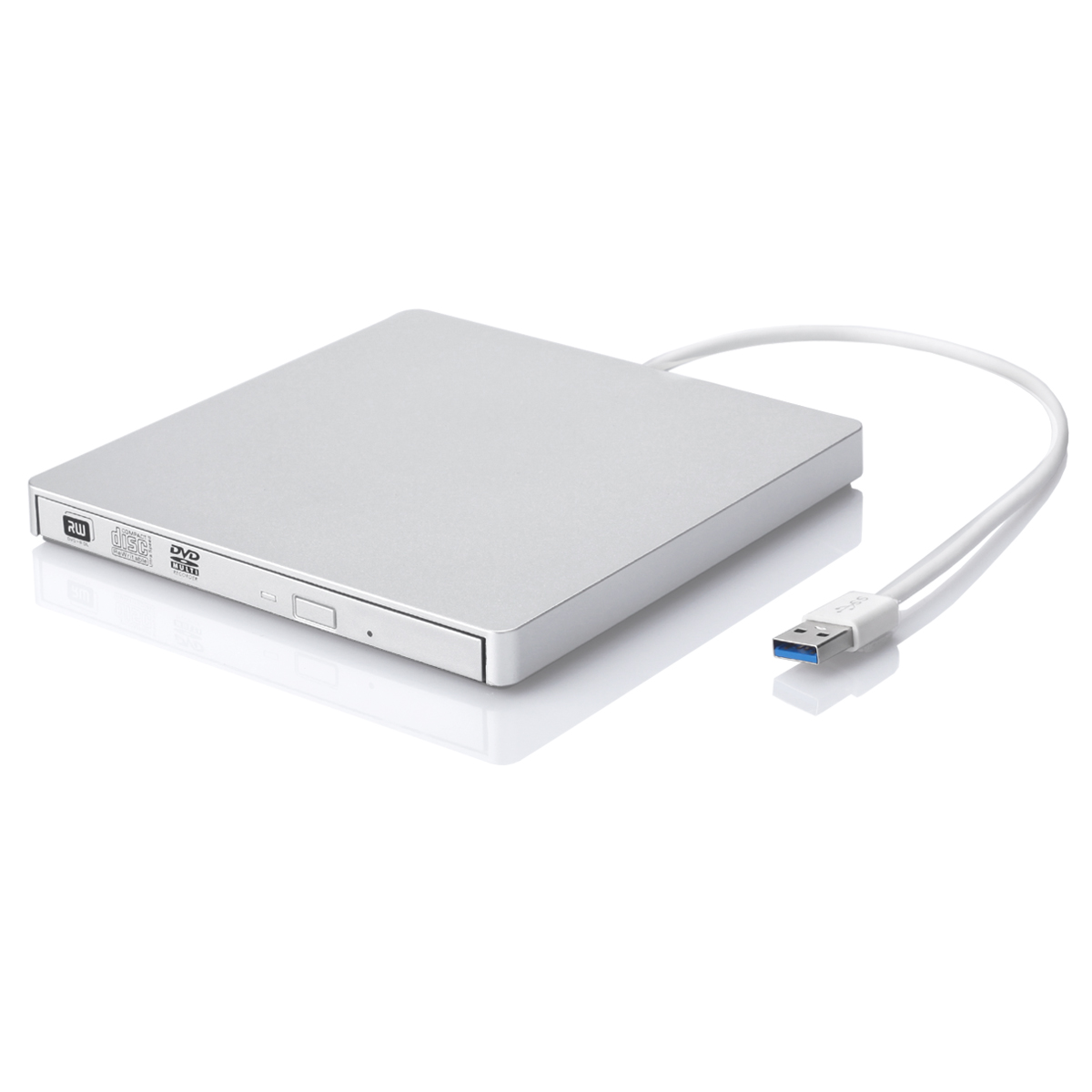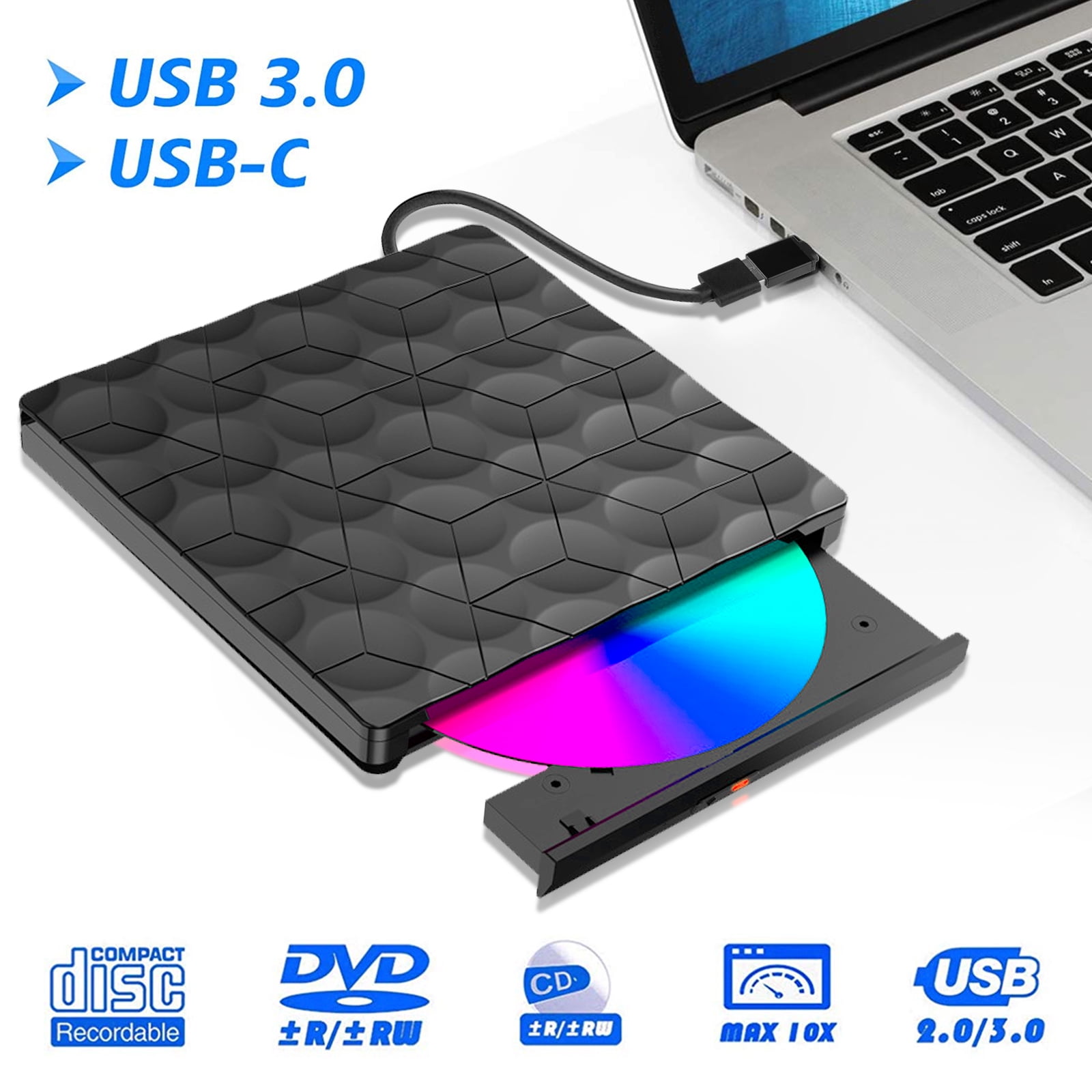
The 28-pound suitcase that three Texas Instruments escapees famously sketched on a paper placemat in a Houston pie shop wasn't the first luggable computer.

But today's MacBooks, XPSes, and slimlines can only wish they were the status symbols that the first laptop was. The GRiD Compass used a proprietary operating system and application suite (MS-DOS compatibility came later) and plugged into AC power instead of running on batteries. A 1,200bps modem for accessing GRiD Central, a dial-up online service with 50K of cloud storage, was standard. It teamed an Intel 8086 processor with 256K of RAM and used neither a floppy nor hard drive for storage-instead, it had 340K of nonvolatile magnetic bubble memory.

Only its top front half, not the whole lid as with today's clamshells, was hinged to reveal the keyboard and the 6-inch, 320-by-240-pixel electroluminescent gas plasma display.

government and military (it made several trips on the space shuttle). Starting at $8,150, the Compass was mostly bought by the U.S. (The Epson HX-20, a 3.5-pound keyboard with a tiny LCD and microcassette recorder and the words "laptop" and "notebook" in its patent, was displayed at the previous year's Comdex (Opens in a new window) trade show but didn't ship until July.) (Matt Flynn/Cooper Hewitt/Smithsonian Design Museum/CC0)Ī clamshell laptop with a black magnesium alloy case? Sounds familiar, but the ThinkPad was still a decade away when British industrial designer Bill Moggridge's 10-pound GRiD Compass arrived in April 1982.
#MAC CD ROM DRIVE PC#
Within months, the PC was an unstoppable force, and so was PC Magazine. Big Blue's decision to publish specs for the system bus, memory map, and expansion slots created a thriving ecosystem of third-party products. The IBM brand and a port of 1979's Apple II spreadsheet VisiCalc (killed by Lotus 1-2-3 in 1983) made the 5150 a hit in corporate offices. Its springy, clicky keyboard, taken from the 95-pound System/23 Datamaster all-in-one word and data processing station, remains to this day an industry legend.īig Blue's decision to publish specs for the system bus, memory map, and expansion slots created a thriving ecosystem of third-party products. A second socket accommodated an 8087 coprocessor for better floating-point performance.
#MAC CD ROM DRIVE SERIAL#
But it looked forward with five expansion slots for graphics, floppy drive controller, parallel and serial port, sound, modem, networking, and other cards. The 5150's design made several compromises-its Intel 8088 CPU had 16-bit registers but an 8-bit external data bus allowing cheaper support and peripheral chips. A loaded system with 64K of memory, one floppy drive, and a monochrome monitor cost about $3,000.
#MAC CD ROM DRIVE TV#
But PCs weren't commodities in 1981-buyers of the Model 5150 paid $1,565 for a unit with 16K of RAM, no monitor (you connected a TV set), and no disk drives (it used TRS-80-style cassette tape storage). IBM doesn't make low-profit-margin commodity products, which is why it sold its PC business to Lenovo in 2005 after losing nearly a billion dollars on it in the four years preceding. What was the most influential PC in your history? Let us know in the comment section below. Read on to celebrate our shared history and see what else makes the list. Nonetheless, we owe our existence to that first IBM PC, so it's only natural for us to start there. PC Magazine didn't cover 8-bit platforms, which is why you also won't find the Commodore 64 in this list.

We also know the IBM PC was no more the first personal computer than ours was the first computer magazine-the MITS Altair 8800 kit reached hobbyists in 1975, with the Apple II narrowly beating the Radio Shack TRS-80 to market in 1977. Yes, we know: The first entry in this list is a cheat, as the IBM PC (released in August 1981) predates our first issue (February/March 1982). So to commemorate our 40th anniversary, we couldn't resist looking back at the PCs that had the greatest impact-and to be honest, narrowing the list down to a mere 20 was no small feat. In 1982, PC Magazine was born at a crucial time in the history of computing: right as microprocessors were expanding from 8-bit to 16-bit architecture, and as computers were changing from consumer novelties to business essentials.


 0 kommentar(er)
0 kommentar(er)
